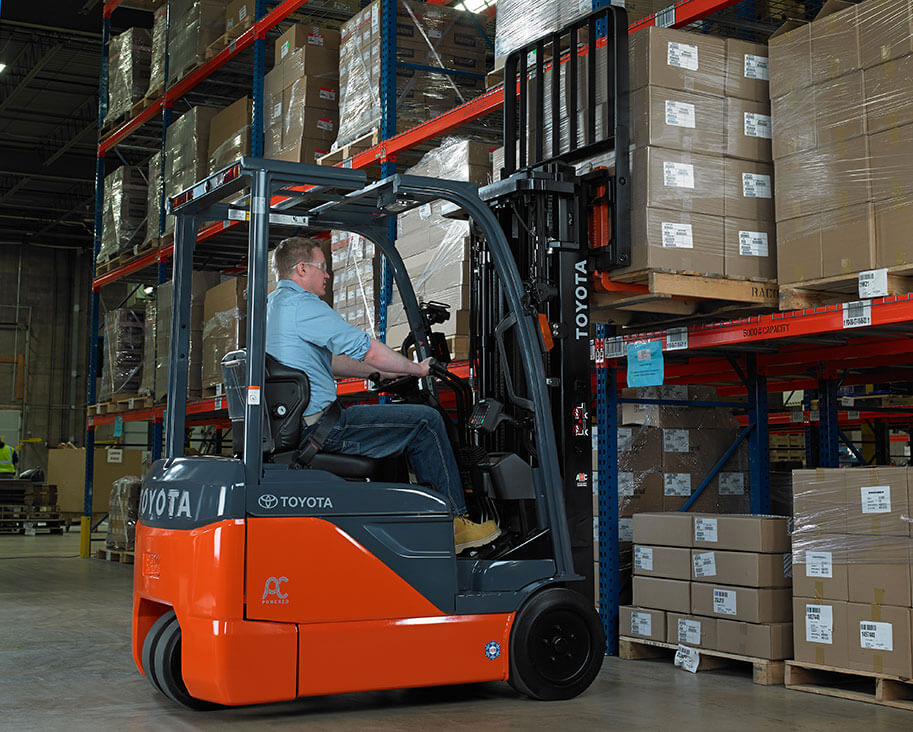When it comes to forklifts, there’s no such thing as a one-size fits all. After all, what works for a small mom-and-pop retail store may not work as well for a high-throughput forging application. Options such as lights and attachments allow you to customize each forklift to fit your needs, but did you know that adjusting forklift settings can be just as critical to optimizing performance and efficiency?
Many forklifts today come standard with pre-set performance and operational settings that can be adjusted through either a built-in multi-function display or an external device such as a laptop. Toyota’s Core Electric and 3-Wheel Electric models, for example, each have over 60 different parameters used to fine-tune forklift performance. Programmable passwords help prevent unauthorized users from accessing these settings.
Settings on Toyota Forklifts are highly adjustable as most parameters have eight or more levels of adjustment. Understanding how these settings affect forklift operation is the first step in realizing productivity and efficiency gains. Below are a few examples of these parameters along with how they may affect your operation. If you feel like you may benefit from optimizing your forklift’s operation, please reach out to your authorized Toyota dealer for expert support and service.
Tuning Your Forklift
Toyota Forklift Acceleration, Speed, and Braking Adjustments
Travel/Acceleration -Adjusting these speeds on the forklift may increase productivity or allow the operator to slow down when necessary. These settings can also save energy in applications where quick acceleration or faster travel speeds are unnecessary.
Accelerator Pedal Response* – Adjusts sensitivity to the initial depression of the accelerator pedal. Higher settings will reduce the delay between when the pedal is depressed and when the forklift begins to accelerate.
Rollback Speed* – Trucks with the rollback feature have a momentary delay followed by a controlled descent when the accelerator pedal is released while on a grade. This setting allows the travel speed and time before rollback to be adjusted.
Over Speed Alarm – An alarm sounds when the forklift exceeds a pre-set travel speed.
Regenerative Braking* – Adjusts how quickly the truck slows down when the operator’s foot is removed from the accelerator pedal. The strength of the “plugging” response can also be adjusted (when travel direction is switched between forward and reverse).
Toyota Forklift Maintenance, Lift, and Power Adjustments
Hydraulic Functions – Lift, lower, tilt, and attachment speeds are all adjustable. This includes starting, inching, maximum, acceleration, and deceleration settings. These settings can also provide energy savings in applications where faster hydraulic speeds are not necessary.
Lift Interrupt Level* – Used to tune the depth of discharge of a battery before the truck reaches lift interrupt. When the battery reaches the set level, the lift function will be disallowed. This allows the forklift to be matched to the battery size and type that is installed.
Planned Maintenance Hour Meter – An alarm sounds to inform the operator when the forklift is due for planned maintenance. The maintenance period can be adjusted and the alarm can be overridden.
Engine Auto Off/Auto Power Off – Engine (IC models) or battery power (electric models) will automatically turn off during a certain period of inactivity. The amount of time before it turns off can be adjusted or the setting can be turned off entirely.
Toyota Forklift Detection System Adjustments
SEnS and SEnS+ Smart Environment Sensors– Toyota forklifts equipped with SEnS or SEnS+ allow tuning to adjust parameters such as the distance at which a pedestrian or object is detected and the type of indicator that is used based on the distance.
*Applies to electric forklifts only.

